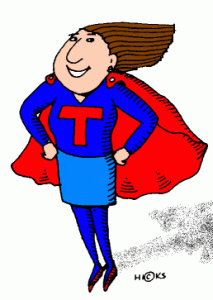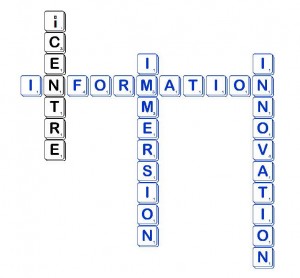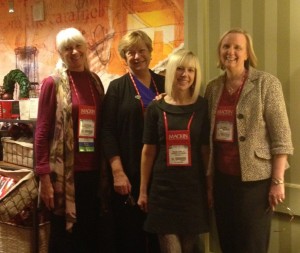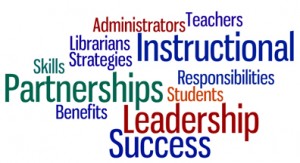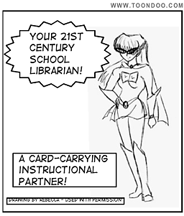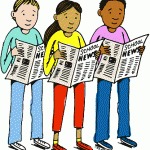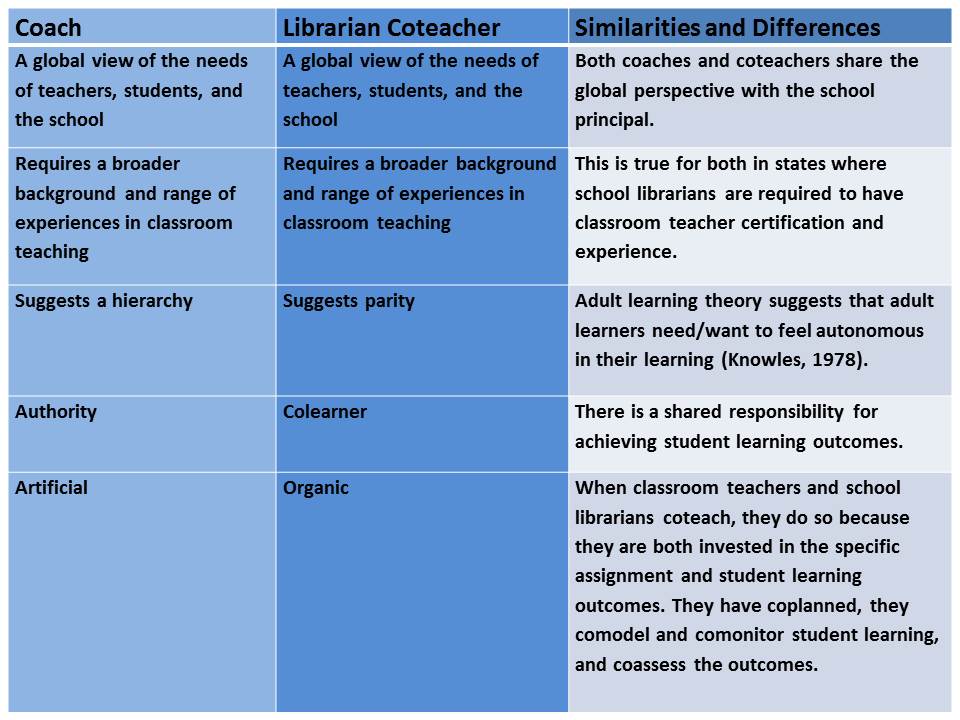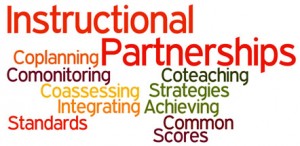 I follow the posts on the MiddleWeb blog. On January 27th, Elizabeth Stein posted “Co-Teachers: What a Tangled Web We’re In.” In her post, Elizabeth focuses on serving the needs of special education students through coteaching and poses thoughtful questions about how educators should or can be evaluated in coteaching situations in terms of student learning outcomes. Her concerns and questions remind me of several conversations I participated in at the ALA Midwinter Meeting in Philadelphia last month.
I follow the posts on the MiddleWeb blog. On January 27th, Elizabeth Stein posted “Co-Teachers: What a Tangled Web We’re In.” In her post, Elizabeth focuses on serving the needs of special education students through coteaching and poses thoughtful questions about how educators should or can be evaluated in coteaching situations in terms of student learning outcomes. Her concerns and questions remind me of several conversations I participated in at the ALA Midwinter Meeting in Philadelphia last month.
One of the challenges in determining a causal relationship between teachers’ teaching and students’ learning outcomes is a false assumption that there can be a valid, undisputable cause and effect relationship between individual teacher’s teaching and individual student’s learning. In middle and high schools, interdisciplinary learning and teaching must be considered. For example, a student’s ability to comprehend a narrative math problem may be the result of her learning in English language arts as much as her learning in math class.
Other educators in the building such as librarians, reading and literacy coaches, music, art, P.E., special education teachers, and more (to say nothing of the home and community influencers) all contribute in varying degrees to students’ learning outcomes on any particular assignment or standardized test question for that matter. Even in a self-contained elementary school classroom, other educators in the building may make a measurable difference in student learning.
How then can students’ standardized test question results be ascribed to the teaching efficacy of one teacher and one teacher only? This may be especially problematic for school librarians whose work focuses on teaching students processes that are transferrable to all content areas and contribute to their ability to be effective lifelong learners.
Is it possible to drill down into test results and determine a causal relationship? Do you agree that teacher evaluation tied to students’ standardized test scores is a messy construct? What are your ideas about how to address this issue from the perspective of coteachers — and school librarians or special education teachers, in particular?
Clip Art from Discovery Education

